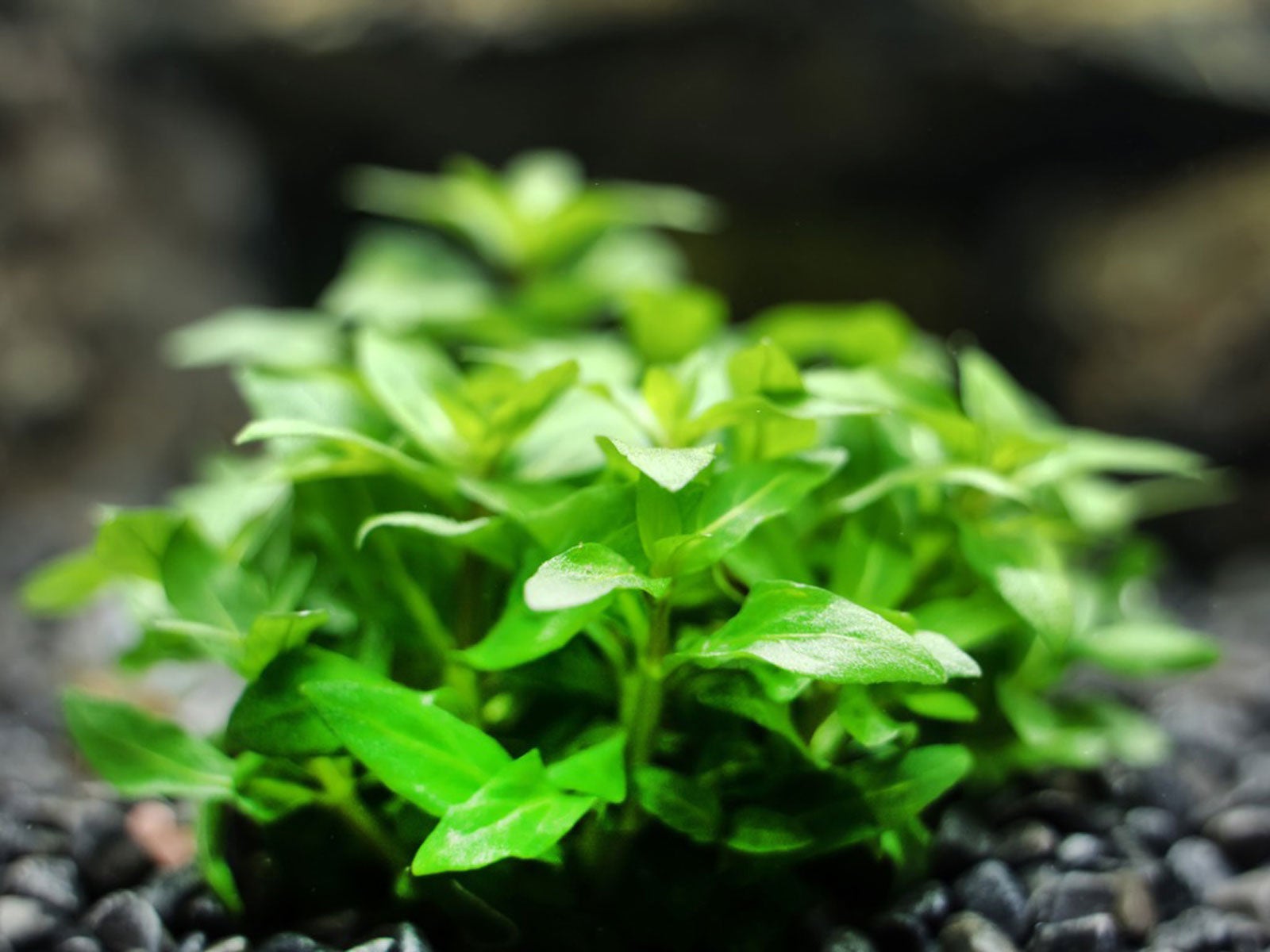What Are Limnophila Plants – Growing Limnophila In Aquariums


If you are an aquarium enthusiast, you might already know about aquatic Limnophila. These neat little plants are native to tropical and subtropical regions. They are considered a federal noxious weed, however, so don't let your Limnophila water plants escape captivity, or you become part of the problem.
About Aquatic Limnophila
It is very common that exotic plants arrive in an area and then become nuisances when they overpopulate wild regions and out compete native plants. Limnophila plants are just such aliens. There are over 40 varieties in the genus, which are either perennial or annual. They grow in wet conditions and are very uncomplaining and low maintenance.
Growing Limnophila in aquariums is a common scenario. Since they do well in such conditions and need little specialized care, they make excellent cover for fish. The plants in the genus vary in their form and may be erect, prostrate, arching, and branched or un-branched.
Both underwater and air grown leaves are arranged in whorls. The herbaceous leaves are either lance shaped or feather like. The flowers also differ by species with some occurring in the leaf axils and others supported on an inflorescence. Most species have tubular flowers.
Limnophila Varieties
Limnophila plants are native to Africa, Australia, Asia, and the Pacific Islands. One of the more commonly used in aquariums is Limnophila sessiliflora. It has lacy leaves and can spread across the bottom of a tank quite rapidly. It is also very tolerant of lower light.
Limnophila heterophylla is another common aquarium plant that is extremely hardy and adaptable. Some other species in the genus are:
- L. chinensis
- L. rugosa
- L. tenera
- L. connata
- L. indica
- L. repens
- L. barteri
- L. erecta
- L. borealis
- L. dasyantha
Using Limnophila in Aquariums
Limnophila water plants’ most vital growing requirements are heat and some light. As tropical plants, they cannot tolerate cold temperatures, but they can grow under artificial lights. Most are fast growing and reach no taller than 12 inches (31 cm.). The common aquatic species also performs well without a CO2 injection.
Sign up for the Gardening Know How newsletter today and receive a free copy of our e-book "How to Grow Delicious Tomatoes".
Most can grow either fully submerged or partially. Nutrient rich, clean water is preferred by the plants. A pH of 5.0 to 5.5 is best. You can pinch the plant to keep it a certain size. Keep the pinched parts to start new plants. When grown in the aquarium, the plant rarely forms flowers but if it is partly immersed, expect tiny purple flowers.

Bonnie Grant is a professional landscaper with a Certification in Urban Gardening. She has been gardening and writing for 15 years. A former professional chef, she has a passion for edible landscaping.